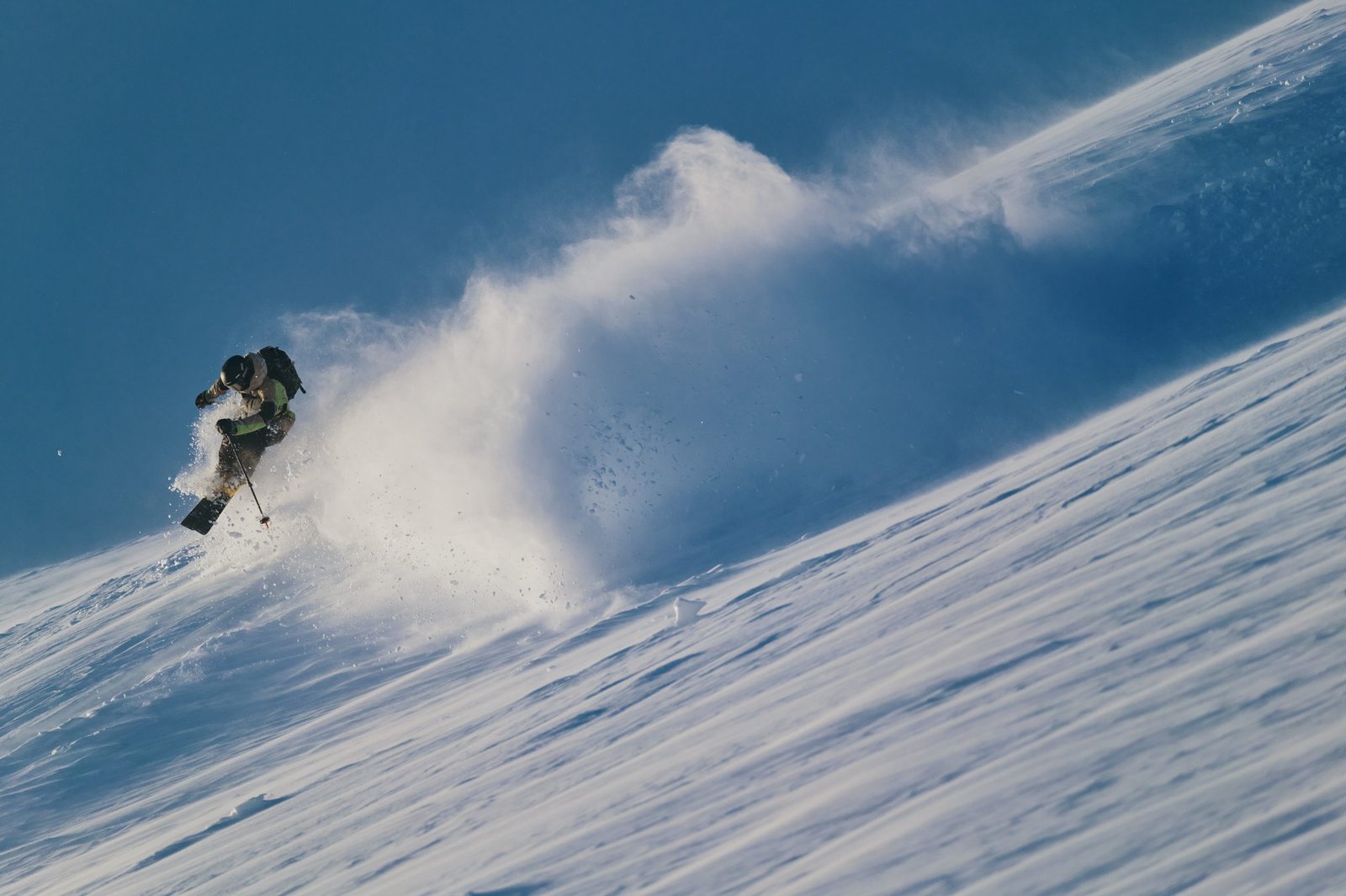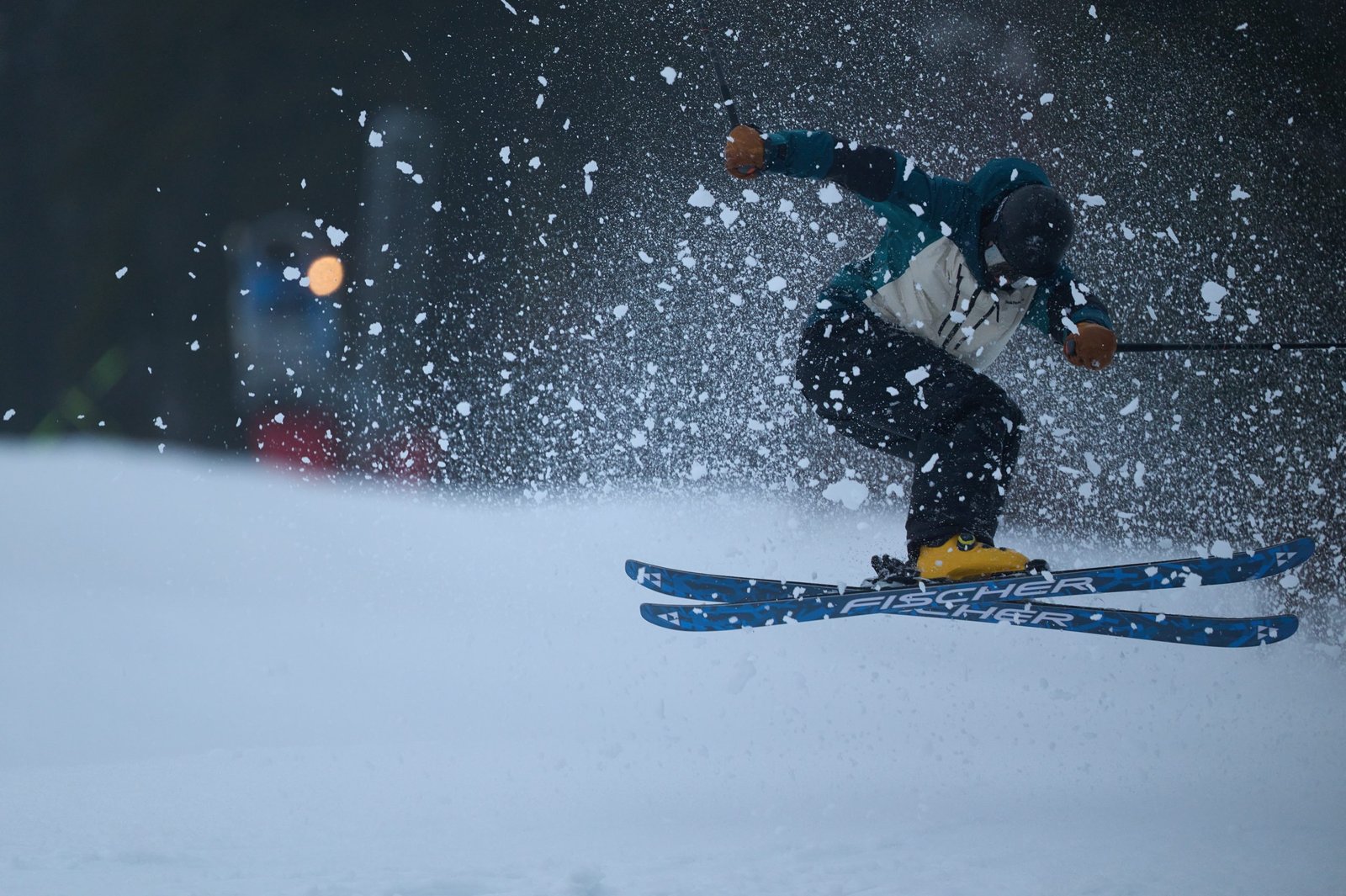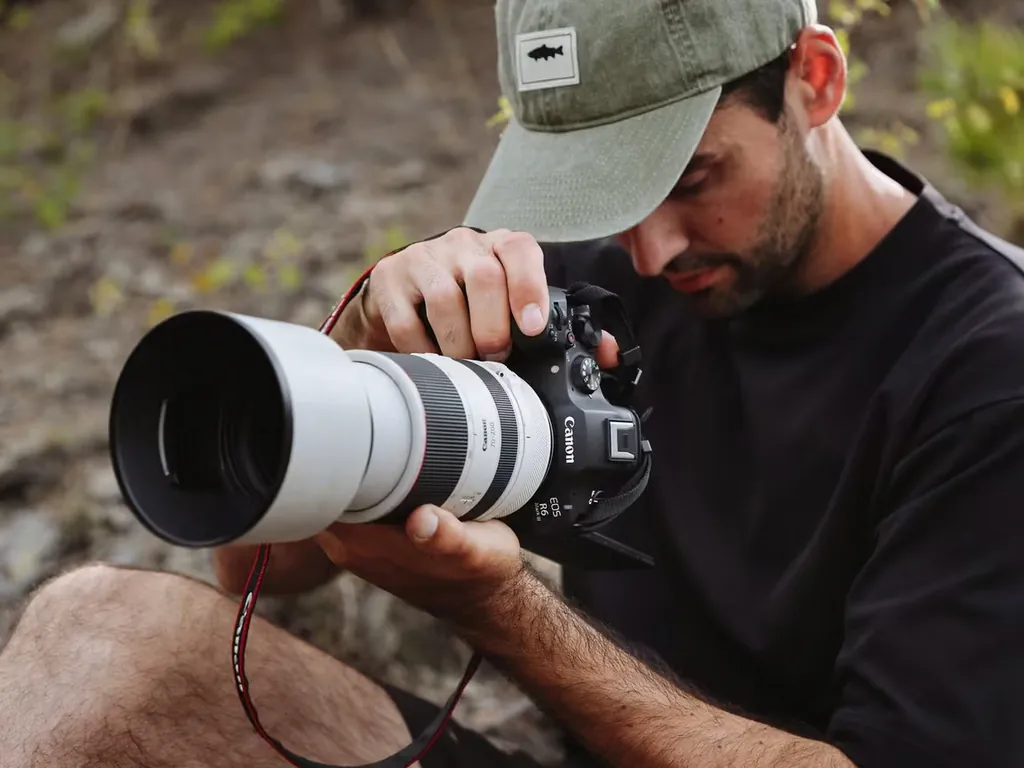A Revolutionary Constant-Aperture Super-Telephoto Zoom That Rivals Prime Lenses
The announcement of Sigma’s 300-600mm F4 DG OS | Sports lens sent shockwaves through the professional photography community. A super-telephoto zoom that maintains a constant F4 aperture throughout its entire range? Many skeptics questioned whether such a lens could deliver the optical performance that wildlife, sports, and action photographers demand. After extensive field testing across challenging scenarios from wildlife reserves to motorsport events, we can confidently report that this revolutionary lens not only meets but exceeds expectations in many respects.
Key Specifications
- Focal Range: 300-600mm
- Maximum Aperture: F4 (constant throughout zoom range)
- Construction: 28 elements in 21 groups (including 6 FLD and 1 SLD elements)
- Minimum Focus Distance: 280cm (W) – 450cm (T)
- Maximum Magnification: 1:6 at 470mm
- Filter System: Rear drop-in 40.5mm
- Image Stabilization: 5.5 stops at 600mm
- Autofocus: High-response Linear Actuator (HLA)
- Weight: 3,985g (L-Mount) / 3,970g (Sony E-mount)
- Dimensions: 167.0mm diameter × 467.9mm length

Design and Build Quality
The Sigma 300-600mm F4 Sports immediately impresses with its professional-grade construction. The lens barrel is constructed from magnesium alloy while the hood is made from carbon fiber, striking an optimal balance between durability and weight management. At nearly 4kg, this is unquestionably a substantial lens, but considering its capabilities, the weight is remarkably well controlled.
What stands out during handling is the excellent weight distribution. Sigma has designed the optical formula to place the center of gravity closer to the camera mount than is typical for lenses of this class, making handheld shooting more manageable than expected. The balance when mounted on a professional body feels natural and stable.
The lens features comprehensive weather sealing, with gaskets at all potential ingress points including the mount, focus and zoom rings, control switches, and other joints. The front element has Sigma’s water and oil-repellent coating, which proved effective during testing in light rain conditions, with water beading off easily.
A standout design feature is the thermal insulation paint applied to the exterior. During a long day of wildlife photography in direct sunlight, the lens remained noticeably cooler than comparable telezooms, preventing the thermal expansion that can affect optical performance in extreme conditions.

Controls and Handling
Sigma has equipped this lens with a comprehensive suite of controls that professionals will appreciate. The zoom ring operates with smooth precision, and the internal zoom mechanism means the lens doesn’t extend during zooming, maintaining consistent balance and center of gravity.
The most innovative control is the new function ring, which can be configured for two different operations: Focus Preset Mode or Power Focus Mode. The Focus Preset Mode proved invaluable when photographing birds at a feeding station, allowing instant recall of pre-registered focus distances with a simple turn of the ring. The Power Focus Mode delivers smooth, controlled focus transitions for video work, with two speed settings depending on how far you rotate the ring.
The lens includes four programmable AFL buttons positioned at 90-degree intervals around the barrel, which can be customized to trigger various functions depending on your camera body’s capabilities. Additional controls include a focus mode switch, focus limiter switch, OS mode switch (Mode 1 for general photography, Mode 2 for panning), and custom mode switch.
The tripod collar deserves special mention. Its rotating mechanism uses bearings for both durability and exceptionally smooth rotation. The click/de-click mechanism at 90-degree intervals aids precise positioning, and the Arca-Swiss compatible foot attaches securely to compatible clamps without requiring additional plates.

Optical Performance
Sharpness and Resolution
The optical performance of this lens is nothing short of remarkable for a zoom of this class. At 300mm, center sharpness is outstanding even wide open at F4, with excellent contrast and resolution. Corner performance is very good, though not quite as exceptional as the center. Stopping down to F5.6 brings the corners up to impressive levels.
At 450mm, the lens maintains excellent center sharpness with only a minor drop in corner performance. By 600mm, there’s a slight reduction in absolute sharpness compared to shorter focal lengths, but images remain impressively detailed for a super-telephoto zoom. Even at this extreme focal length, the lens outperforms many zooms with more modest ranges.
What’s most impressive is how the lens maintains consistent performance across its zoom range. Where most super-telephoto zooms show significant variation between their wide and long ends, the Sigma 300-600mm F4 delivers remarkably consistent results throughout.
Chromatic Aberration, Flare, and Distortion
Thanks to its sophisticated optical design with 6 FLD and 1 SLD glass elements, chromatic aberration is extremely well controlled. Even in high-contrast scenarios such as birds against bright skies or motorsport photography with harsh lighting, color fringing is minimal and easily correctable in post-processing.
The lens demonstrates excellent flare resistance even when shooting into bright light sources. The included carbon fiber hood provides effective protection against stray light, and Sigma’s coating technologies work well to maintain contrast in challenging lighting conditions.
Distortion is negligible throughout the zoom range, with just a touch of pincushion distortion at longer focal lengths that would rarely need correction in real-world usage.
Bokeh and Subject Separation
The constant F4 aperture combined with the long focal lengths produces beautiful background blur. The 13-blade rounded aperture delivers smooth, pleasing bokeh with well-rounded highlights and natural transitions. For wildlife portraiture, the subject separation is excellent, particularly at the longer end of the zoom range.

Autofocus Performance
The High-response Linear Actuator (HLA) motor delivers impressive autofocus performance. Focus acquisition is swift and decisive, even in challenging lighting conditions. When tracking fast-moving subjects such as birds in flight or racing cars, the lens kept pace admirably, maintaining focus consistently.
What’s particularly noteworthy is how well the lens performs with difficult subjects that change direction unpredictably. The focus system responds quickly to sudden movements, making this zoom a viable alternative to prime lenses for serious action photography.
Focus accuracy is excellent, with consistently sharp results even when shooting at maximum aperture. The focus limiter switch helps optimize performance further when working at specific distance ranges, providing a welcome speed boost when every millisecond counts.
Image Stabilization
The optical stabilization system in the 300-600mm F4 is a technological marvel. Sigma claims 5.5 stops of stabilization at 600mm, and our real-world testing confirms this is no exaggeration. Consistently sharp images were achieved at shutter speeds as slow as 1/50 second at 600mm, which is remarkable considering the usual guideline would suggest a minimum of 1/600 second without stabilization.
The OS2 algorithm appears particularly effective at distinguishing between intentional camera movement and unwanted shake. The dedicated Mode 2 stabilization for panning shots worked beautifully for motorsport photography, stabilizing vertical movement while allowing smooth horizontal panning.
For tripod work, the stabilization system intelligently adapts to provide optimum performance without the oscillation issues that can sometimes occur with stabilized lenses on stable platforms.

Real-World Applications
Wildlife Photography
The Sigma 300-600mm F4 proves to be an exceptional tool for wildlife photography. The zoom range offers tremendous flexibility in the field, allowing quick composition adjustments without changing position and potentially disturbing subjects. The constant F4 aperture provides enough light-gathering capability for early morning and late evening shooting when many animals are most active.
The combination of sharp optics, fast autofocus, and effective stabilization resulted in consistently high keeper rates even with challenging subjects like small birds in flight. The Focus Preset Mode was particularly useful when anticipating where animals might appear, allowing instant focus on predetermined distances.
The thermal insulation paint proved its worth during long sessions in direct sunlight, maintaining consistent optical performance throughout extended use in hot conditions.
Sports Photography
For sports photography, this lens offers a compelling combination of reach, aperture, and flexibility. The 300-600mm range covers most field sports effectively, and the constant F4 aperture allows consistent exposure settings when zooming to follow the action.
The autofocus system kept pace with fast-moving athletes, and the zoom flexibility meant capturing both wider contextual shots and tight action frames without changing lenses. At indoor events with reasonable lighting, the F4 aperture provided sufficient shutter speeds for freezing action while maintaining acceptable ISO levels.
The internal zoom mechanism is particularly beneficial for sports photography, as it maintains consistent balance when tracking action and prevents dust ingress in dusty environments like motorsports.
Aviation Photography
Aircraft photography, whether at airshows or airports, benefits greatly from the versatility of this lens. The zoom range allows framing flexibility for different aircraft sizes and distances, while the fast autofocus system tracks even fast-moving jets effectively.
The excellent flare control is especially valuable when shooting aircraft against bright skies, and the sharpness at all focal lengths ensures fine details in aircraft liveries are captured clearly.
Videography
For videographers, the Sigma 300-600mm F4 offers several appealing features. The Power Focus Mode enables smooth focus pulls at consistent speeds, while the internal zoom maintains perfect balance during operation. The effective stabilization system helps deliver steady footage even when shooting handheld for short periods.
The constant aperture ensures exposure remains consistent when zooming during a shot, a significant advantage over variable-aperture alternatives for professional video work.

Teleconverter Performance
The L-Mount version of the lens is compatible with Sigma’s TC-1411 (1.4x) and TC-2011 (2x) teleconverters, extending the maximum reach to an impressive 840mm at F5.6 or 1200mm at F8 respectively. With the 1.4x teleconverter, image quality remains impressively high with only a minor impact on sharpness and autofocus speed.
With the 2x teleconverter, as expected, there’s a more noticeable decrease in overall image quality and autofocus speed, but results remain very usable for situations where maximum reach takes priority. The autofocus system continues to function effectively even at the resulting F8 maximum aperture, though with reduced performance in challenging light.
Comparisons with Alternatives
The most direct competitors to this lens would be dedicated prime lenses in the 300mm, 400mm, 500mm, and 600mm focal lengths. While top-tier prime lenses from major manufacturers might still hold a slight edge in absolute optical performance at their specific focal lengths, the difference is surprisingly small, and the versatility of the zoom range provides a compelling practical advantage.
Compared to other super-telephoto zooms like 150-600mm options, the Sigma 300-600mm F4 offers significantly better image quality and low-light performance thanks to its constant F4 aperture, though at a higher price point and weight.
For professionals who might consider a lens like the Canon RF 200-800mm F6.3-9 or Sony FE 200-600mm F5.6-6.3, the Sigma offers substantially better light-gathering capabilities with its constant F4 aperture, though with a more limited zoom range at the wide end.
Limitations
Despite its impressive performance, the Sigma 300-600mm F4 does have a few limitations worth noting:
- Weight and Size: At nearly 4kg, this is a substantial lens that requires proper technique and support for extended shooting sessions. While well-balanced, it’s not a lens for casual, all-day handheld use.
- Minimum Focus Distance: The minimum focusing distance of 280-450cm means this isn’t ideal for close-up work of smaller subjects. The maximum magnification ratio of 1:6 is respectable but not exceptional.
- Price: While offering excellent value compared to multiple prime lenses, the anticipated price point puts it firmly in professional territory.
- Limited Mount Availability: Currently only available in L-Mount and Sony E-mount, photographers using other systems will need to wait for potential future releases.

Conclusion
The Sigma 300-600mm F4 DG OS | Sports represents a genuine breakthrough in super-telephoto zoom design. By maintaining a constant F4 aperture throughout its range, Sigma has created a lens that combines the light-gathering capabilities and image quality approaching that of prime lenses with the versatility and practicality of a zoom.
For wildlife, sports, and action photographers who need maximum flexibility without compromising on image quality or aperture, this lens provides an outstanding solution. The professional-grade build quality, comprehensive weather sealing, innovative features like the function ring and thermal insulation paint, and outstanding optical performance make it a worthy flagship for Sigma’s Sports line.
While its size, weight, and price will naturally limit its appeal to serious enthusiasts and professionals, those who invest in this lens will be rewarded with a versatile tool capable of extraordinary results across a wide range of challenging photographic scenarios.
Buy Sigma 300-600mm F4 DG OS | Sports

The revolutionary Sigma 300-600mm F4 DG OS | Sports lens is available for pre-order now from Campkins Cameras, with expert advice from our team of professional photographers to help you maximize your investment in this exceptional super-telephoto zoom.





Another issue for Sony A1 Mark 2/A9III users like myself and which hasn’t been mentioned in this write up is the fact that Sony has capped the FPS of this lens to 15 fps and there is no possibility to use converters. This is a big issue if for example you use pre-capture. For hide work this lens is ideal albeit a bit heavy.